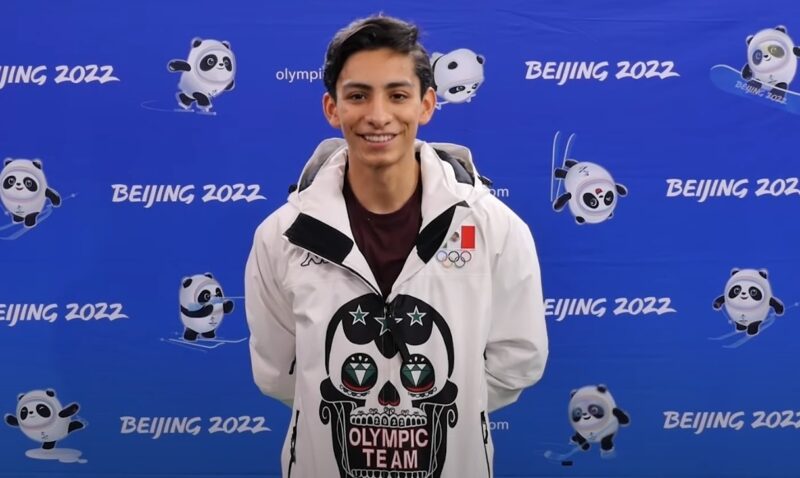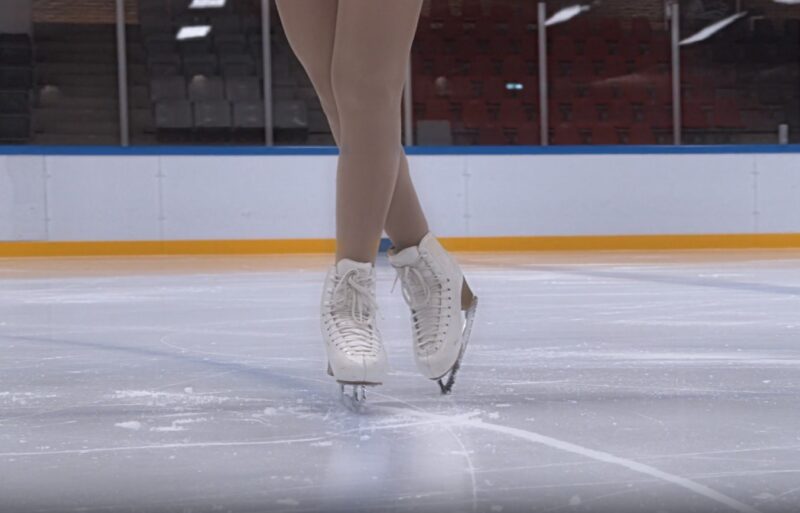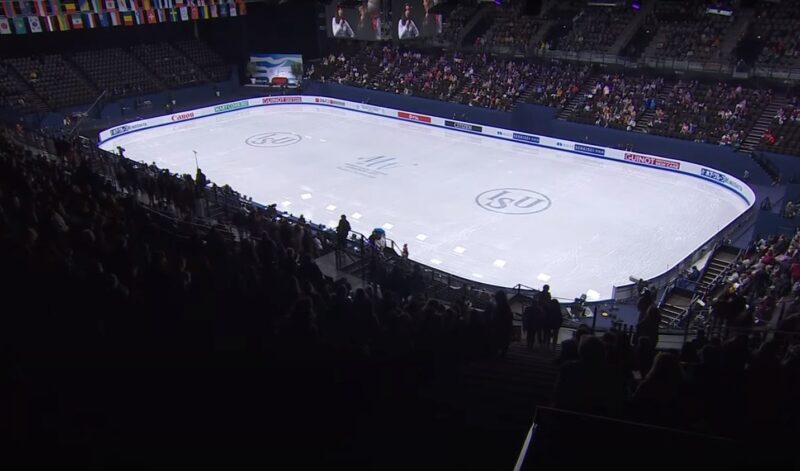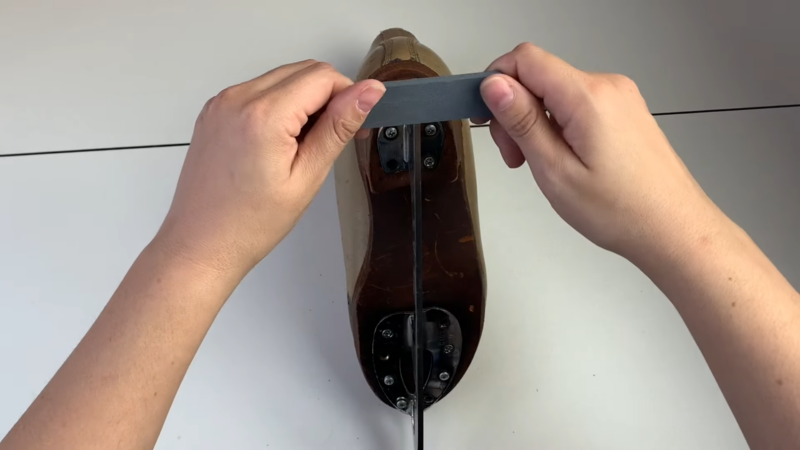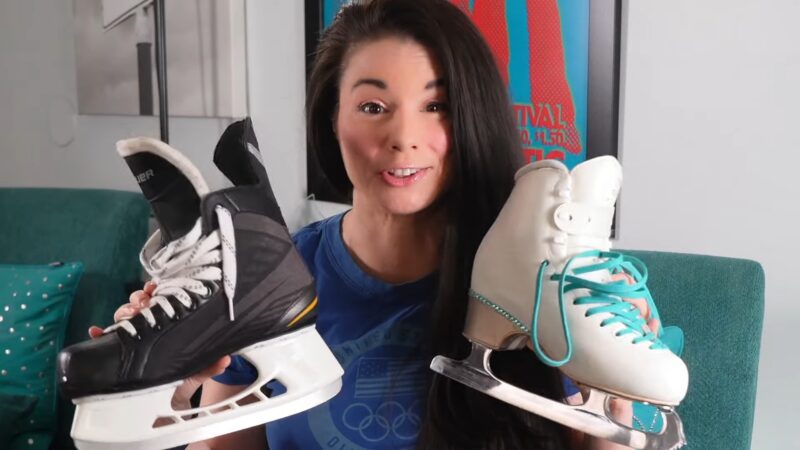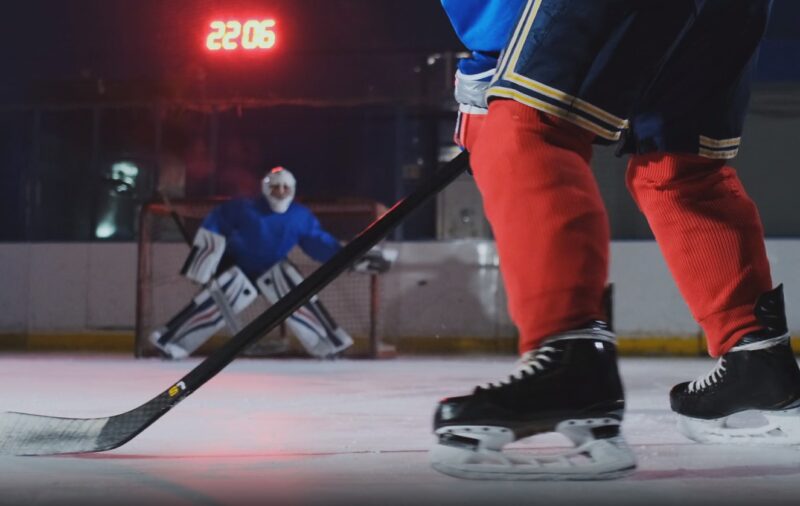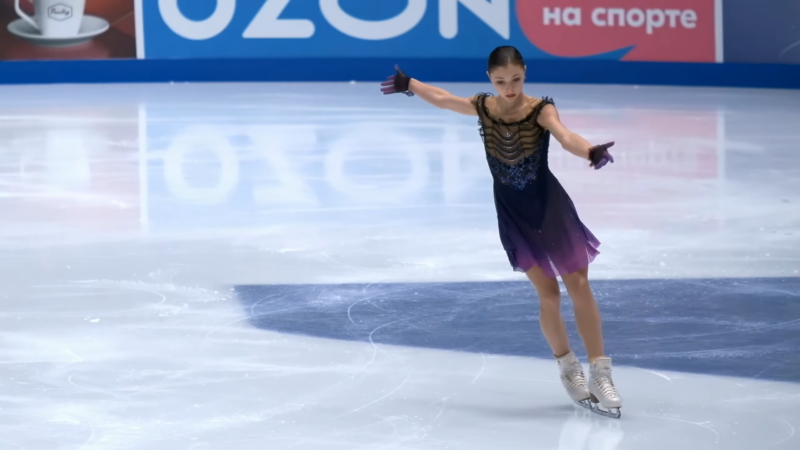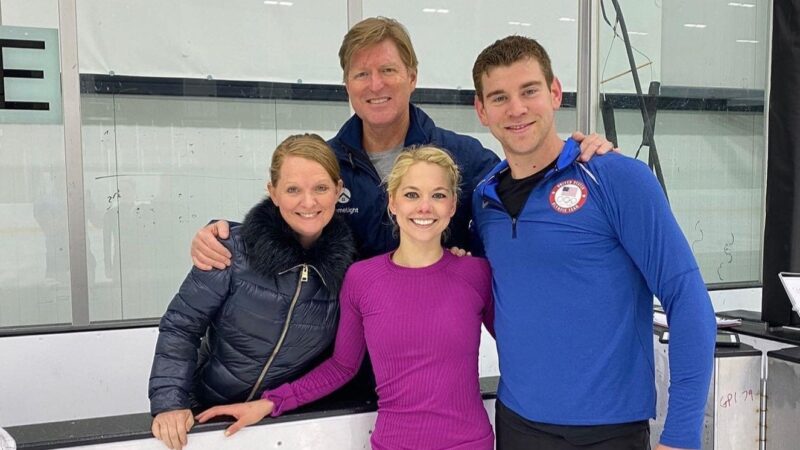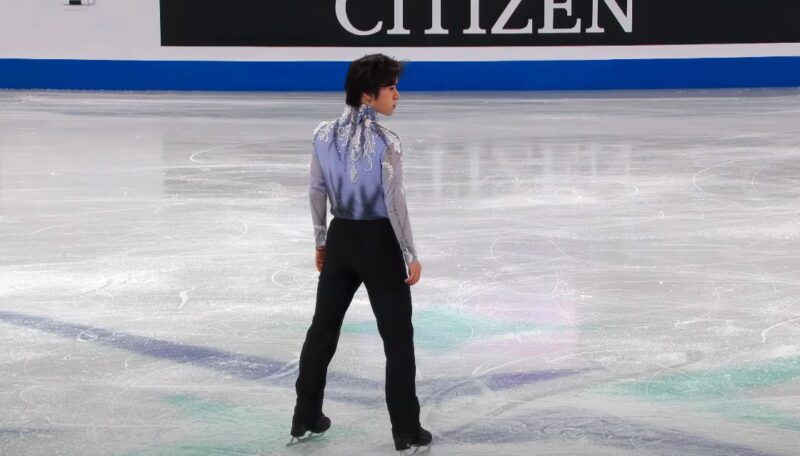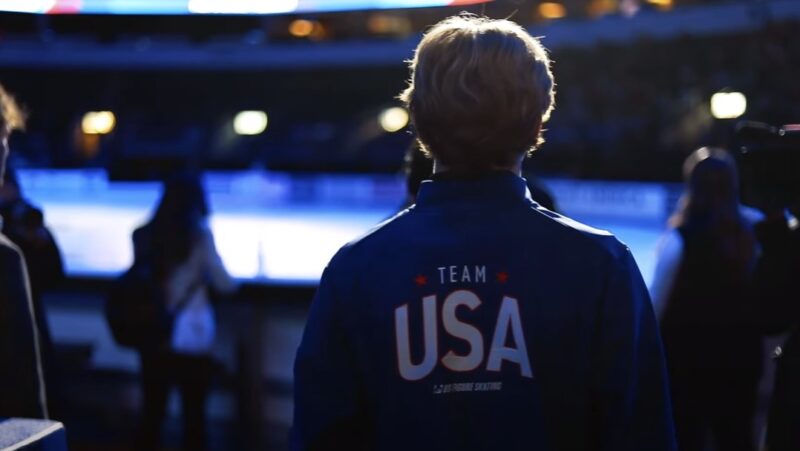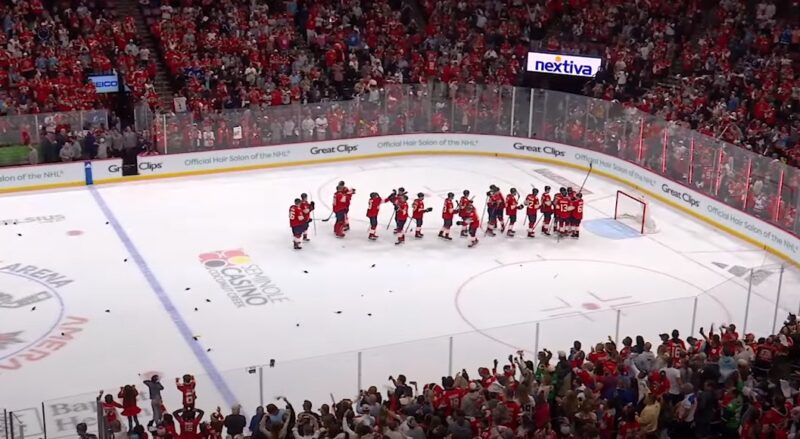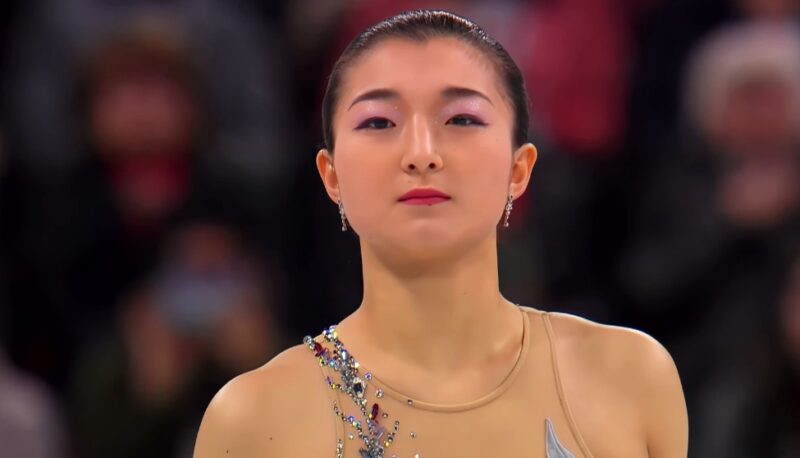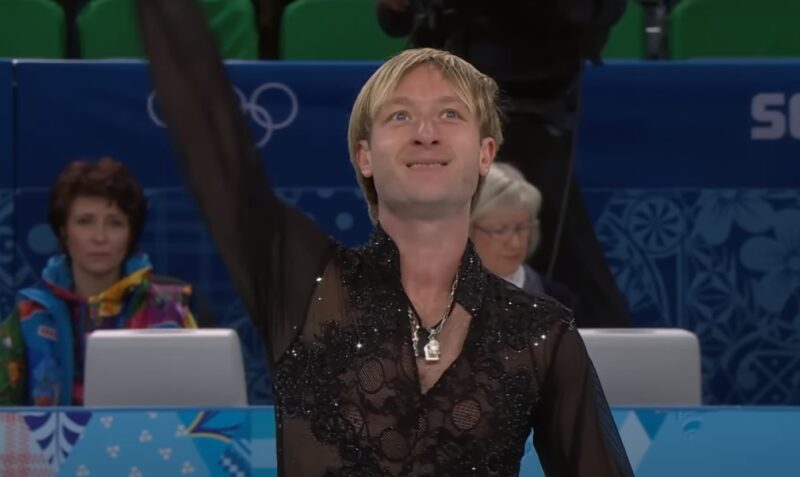
Since hanging up his competitive skates in 2014, life has been a whirlwind for Russia’s Evgeni Plushenko. Throughout his career, he was always in high demand for shows and, following his departure from the competitive arena, developed a lucrative career on the show circuit.
He subsequently began producing his own shows — classical exhibition galas and intricate theatre-like productions — that tour throughout Russia and Europe.
Key Takeaways
- Plushenko retired from competitive skating in 2014, launching a successful show career and later a coaching career.
- His training center, “Angels of Plushenko”, has become a renowned hub for both elite and budding young skaters.
- Plushenko’s approach blends rigorous training with compassionate support, offering opportunities to diverse talents.
- He advocates for advancements in figure skating, pushing for inclusion of quads in women’s short programs and raising age limits.
- Plushenko balances his coaching role with show business, creating unique productions that combine ice skating and circus elements.
Launching a Coaching Career
Plushenko officially retired in 2017 and, after decades of competing and performing, the 37-year-old is now focused on a full-time coaching career at his school in Moscow.
In the spring and summer of 2020, three young Russian stars — Alexandra Trusova, Alena Kostornaia and wunderkind Veronika Zhilina — moved from Eteri Tutberidze’s school to train with Plushenko and his team. These coaching changes made headlines around the world. As well, Sergei Rozanov, who formerly worked with Tutberidze, joined his coaching squad.
However, Plushenko’s school is not built solely on “readymade” elite skaters. It is also developing its own talents such as 11-year-old Sofia Titova, the national novice champion, who moved from Tutberidze’s school in the spring of 2019.
When he first opened his “Angels of Plushenko” training center in early 2017 in a small ice rink, many thought he was grandstanding and few took him seriously. But his dream of opening his own skating school — one that offered the best possible training environment for athletes and the opportunity to develop a new generation of champions — was something Plushenko had talked about throughout his competitive career.
Building Blocks
In the spring of 2019, Plushenko moved his school to a venue with an Olympic ice surface in the southwest section of Moscow. There are currently 120 skaters training at his club. Finding the right coaching team was also a challenge initially. According to Plushenko, 17 of the original coaches he hired were fired for various reasons.
“Many coaches were spoiled and thought they could come to me just to make money,” he explained. “Some left by themselves because they could not cope with the energy and drive that we have in our group. You need to work hard in order to achieve results, especially when everything is starting from scratch.
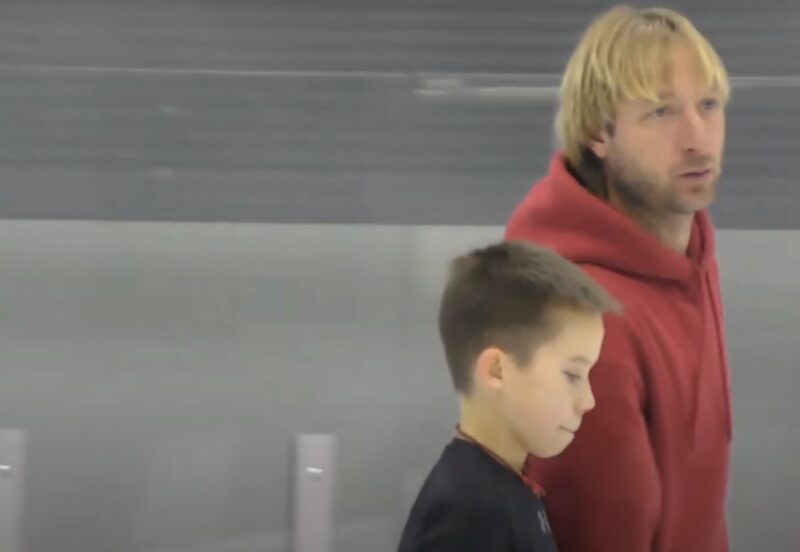
“Some coaches missed practice sessions while others did not treat the children well. I do not tolerate that someone raises his hand against someone. This happens in Russia, but it is forbidden here. Thank God everything worked out and we now have a great team. The coaches are all young, energetic and all master the blade very well. I now have 20 coaches and choreographers.”
Plushenko is also taking the next step to realize his dream of a complete skating school. He is building two facilities — one in Moscow and the other in a region of the Russian capital, which is near his home and on his own property.
This complex will eventually house a hotel, a wellness spa, a swimming pool, rehab facilities and a medical centre. He will move his school and his top skaters to this rink at the end of November.
The second complex in Moscow is scheduled to open in early 2021. “I am approaching the matter in a professional way,” Plushenko said. “Renting is expensive, rents are rising and nobody cares that there is a pandemic. So I decided to build the rinks myself, and if we are successful it will pay off.
“The skaters can live on the grounds of the school so they don’t have to drive anywhere. They wake up, have breakfast, go to practice and train as much as they want. They will rest, sleep and then come back for an evening practice. We will also have a restaurant. It will be a full-fledged facility with a lot of ice.”
Plushenko provides talented children who achieve good results the opportunity to skate free of charge at his school. He supports them financially in the form of stipends or a salary or he finds sponsors for them. “I also have kids from families with many children and children with disabilities who can skate for free. It is my personal desire to offer that to these children,” he explained.
The three-time World champion has a deep appreciation of how expensive skating can be, having come from a very modest background himself. He has often spoken about the difficulties he faced moving to St. Petersburg at a very young age to train under Mishin.
Plushenko vividly recalls how he collected empty bottles on the streets to get the deposit money and having to cut apples in half to eat one section one day and save the second half for the next. His academy is now starting to attract the interest of skaters from outside Russia. Plushenko said he has had many inquiries from people in countries such as Japan, Italy and France, who all want to come and train with him, “but the border is closed and we are still waiting.”
He also hinted that a high profile international skater is considering joining his school. So far it is only speculation, but there are reasons to believe that it is Yuzuru Hanyu.
Balancing Act
Plushenko currently works primarily with two groups of skaters at his school and is at the rink from early morning until the evening. Trusova trains with one group, while Kostornaia, Zhilina and Titova are in another. Additionally, Plushenko attends the practice sessions of a third group of young skaters, one of whom is his son, Alexander. “I don’t even have enough time for my own son,” Plushenko said with a sigh.
Understanding the importance of separating the roles of coach and parent, Plushenko said he and Alexander made an agreement that they would be father and son at home and coach and student at the rink. “If we manage to stick to that, we will do a good job,” he said. “However, he sometimes mixes things up. He is just 7 years old but has made a lot of progress.
I am not putting any pressure on him and I am not rushing him. I want him to have a long career and I don’t want him to light up like a match and then stop when he is 15 or 16 years old. Many here in Russia always want the children to do everything faster and faster. But then the kids get injured or they get fed up with the sport.”
High-Profile Students and Training Philosophy
Though Trusova and Kostornaia are Plushenko’s most prominent students to date, they are not the first high-level skaters to train at his school. In the past, he worked with Serafima Sakhanovich and Anastasia Tarakanova, both of whom left for undisclosed reasons.
However, the situation today is very different than it was when they trained at the school. With Trusova and Kostornaia under his wing, Plushenko is now listed as a national team coach. “It is not that important to me — if someone is on the national team or not,” he said.
“Obviously, it is a responsibility. I need results and I need to provide results. I am counting on changing Alexandra completely — her skating, her skating skills and the choreography. I want to add charisma, improve the quads, and that she rotates faster. Sasha is a unique athlete.
“Her father called me two years ago and we met. But I said I could not take her because I only had a small ice rink and show contracts at the time. Now I have signed only one show contract because I am focused on coaching.”
Trusova’s move to his school at the end of last season, and Kostornaia’s surprising coaching change in July made headlines. Plushenko said it was Kostornaia’s decision to make the change. “If it is the desire of the athlete, why not? I have the possibilities and I am ready for it. We just need some time.
“Alena wasn’t fully prepared for the test skates as we had only worked together for a month, and she was out of shape because she did not train for three weeks in her old group. So, we lost a lot of time.
We needed to put together a long program and get her into shape. She has done a lot of work. Now we are bringing back the triple Axel, building a long program, breaking in the short program and having costumes made.”
Kostornaia’s decision to change coaches sparked a war of words between the Plushenko and Tutberidze camps on social media, with accusations of “poaching” floating around. “Skaters are coming to me, but some people are saying that I enticed them with money. So what?” Plushenko said.
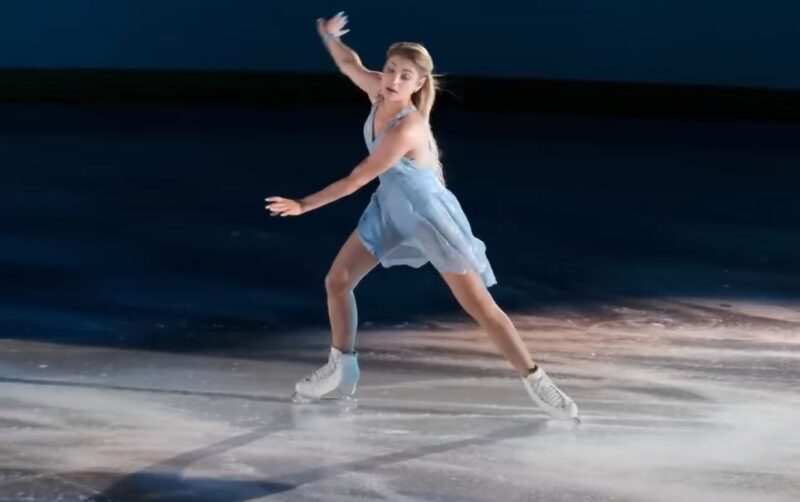
“I was happy with Mishin, and nobody could have lured me away with money because I knew that he was my only coach and it was only with him that I could improve my results. I trusted him completely. In professional sports, if something is not working well, when results decline or the mood or the concentration sours, then the athlete decides to leave.
There have been a lot of such changes. Alexei Yagudin switched from Mishin to Tatiana Tarasova and it helped him. Ilia Kulik left (Viktor) Kudryavtsev for Tarasova. Did it help? It did. There are lots of examples.
“Yes, I skated for 20 years with Mishin and Alexei Urmanov was also with him for a long time. The two of us stayed with one coach. We were loyal and faithful because he is a unique coach. I don’t care who says what. I can get away with a lot of things for a long time. I can also get away with ignoring negative outbursts in my direction. Of course, they exist.
Many people don’t like me, but at the same time many people do like me. Some are just jealous because there is a new competitor. Obviously, I am doing a lot for my skaters and yes I am helping Alena and Alexandra. This is true. I can pay them a salary and find sponsors for them. Alena already has a new sponsor, a Russian toothpaste producer. There are other inquiries, also for Alexandra.”
A Blend of Show Business and Coaching
While his focus is now on coaching, Plushenko has not given up show business completely. He has his own production, the “Snow Queen,” planned for later this year in Moscow with the Royal Circus, which he described as a unique project that combines skating and circus routines. “I will show that it can be done better than Cirque du Soleil.
I want to show something great and hopefully the pandemic won’t ruin it,” the 37-year-old mused. “We also have a wonderful project — ‘Cinderella’ — which we did last year in Moscow with the Bolshoi Theatre. We will take that now to St. Petersburg. That does not interfere with competitions. There will be 10 shows over five days after Russian nationals. So we will have shows — not many — and they will be mostly my own events.”
Advancing the Sport
The seven-time European champion has strong opinions about the development of figure skating and is pushing for ladies to be allowed to include quads in the short program. “When Usain Bolt runs faster than everyone else, should he run with weights?
Why should ladies skating be held back? It is not fair to them. There should be equality,” Plushenko said. “If you can’t do a quad, go and learn one. Kids are now learning quads and the triple Axel when they are 10 or 11 years old. It is a new generation. This development is pushing figure skating.”
He also does not subscribe to the theory that learning quads too early could be harmful and lead to injuries in young skaters. “If people feel like that, then don’t put your kids into competitive skating,” said Plushenko.
“There are recreational skating classes. I have them as well. Everyone can go to these classes and learn how to skate with a helmet and knee protectors. But if we are talking about high-level sports, it means to work hard. Obviously, there will be some injuries and you need to be prepared for that. Who isn’t does not need to do it.”
Surprisingly, Plushenko thinks that the age limit for seniors could be raised to 16. “You cannot compare a skater who is 13 years old to someone who is 17 or 18, so 16 would be good. Then they will stay in the sport longer,” he said. “I appreciate great athletes that have skated at a high level for at least two Olympic cycles.”
With his vast experience at the highest level of the sport and his show skating history, Plushenko has some ideas about how to make figure skating more popular in countries where interest has waned. “I think we need to have Pro-Am competitions as there used to be in the past,” he said.
“The team events are also good. I know that the popularity has declined seriously in the U.S. and Canada. You need big names and success to stimulate interest. We need broadcasting on television and the Internet.
“I also think that a long program cannot be only 4:10 minutes long. They cut the time, but they made figure skating harder. Where is the logic in that? You need to hold a lot of positions in the spins and do many steps in the footwork. If we want to see great choreography that comes across to the audience, we need more time. They should go back to 4:40 at least. That would be a big plus already.”
Final Words
Evgeni Plushenko, a legendary figure in the world of ice skating, has seamlessly transitioned from a celebrated competitive career to a visionary coach and showman. His journey exemplifies dedication, innovation, and a deep commitment to nurturing the next generation of skating talent.
Related Posts:
- How to Create a Home Ice Skating Rink with Synthetic Ice
- 10 Best Ice Skating Movies to Watch This Year
- Beginner’s Guide to Ice Skating: 9 Tips to Master…
- How to Sharpen Your Ice Skates Like a Professional
- What Is Synthetic Ice - From Rinks to Reality
- How Slide Board Exercises Can Transform Your Ice Skating


